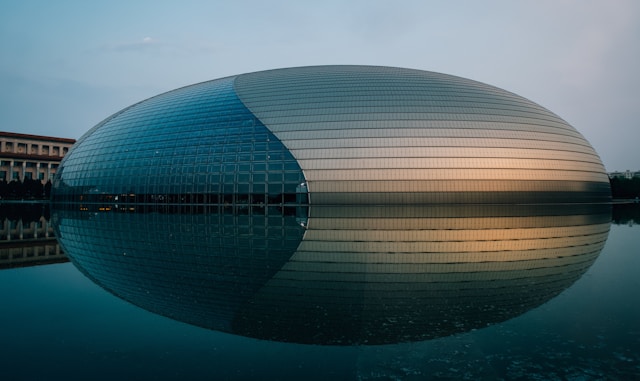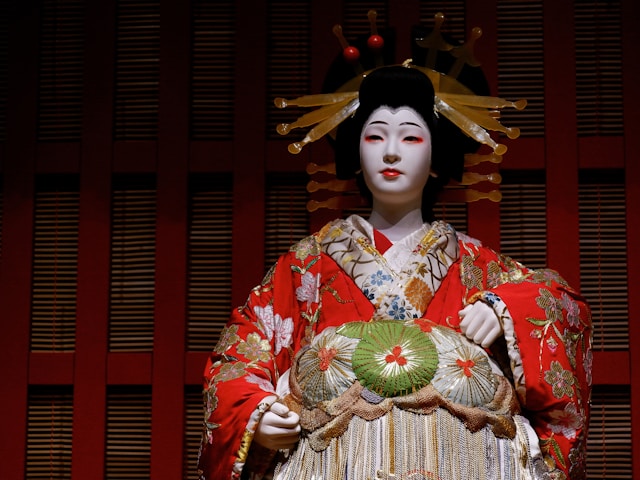Opera houses and theaters across Asia stand as monumental beacons of cultural heritage and modern creativity. These venues are not just performance stages but are the very heartbeat of cultural expression in the region. Traveling through Asia, particularly on the efficient network of Asian trains, offers a unique lens to view and experience these cultural landmarks. The journey from bustling city centers to the serene outskirts where many of these theaters are located encapsulates a cultural voyage that is as enriching as the performances themselves.
In Osaka, the tradition of performing arts stretches back centuries, with a particular flair for blending the historical with the contemporary. The city is home to several prestigious theaters that host a variety of performances ranging from traditional Kabuki to modern opera. The connectivity provided by trains, such as those traversing the length of Japan, ensures that these cultural treasures are accessible to everyone. Osaka’s dedication to the arts makes it a vital stop in the cultural map of Asia.
Tokyo, on the other hand, represents the pinnacle of modernity, yet it carefully preserves its theatrical traditions. The city’s opera houses are world-renowned for their innovative productions that often incorporate cutting-edge technology alongside traditional elements. Catching a train from Osaka to Tokyo is more than just a travel convenience; it is a cultural expedition that connects two of Japan’s largest hubs of artistic expression. This route allows enthusiasts and performers alike to exchange ideas and inspirations, fostering a vibrant cultural dialogue that enriches both cities’ theatrical scenes.

Beyond Osaka and Tokyo, cities like Beijing, Seoul, and Mumbai each add their unique voice to Asia’s opera and theater narrative. Beijing’s National Centre for the Performing Arts, known as ‘The Giant Egg’, is an architectural marvel that hosts some of the most prestigious opera performances in the continent. Seoul’s arts district in Daehangno, often referred to as the “Broadway of Korea,” pulsates with the energy of musicals and plays, reflecting the youthful spirit of its audience.
Mumbai’s Prithvi Theatre, a hub for Hindi theater, has played a pivotal role in the development of Indian theatrical expression. It is venues like these that not only provide a platform for local talent but also attract global artists, promoting an intercultural exchange that is vital for the evolution of performing arts.
The impact of these theaters extends beyond their immediate geographic locales, influencing global cultural trends and fostering a deeper understanding and appreciation of Asian traditions and innovations in performing arts. As cultural emissaries, Asian opera houses and theaters contribute significantly to the global cultural landscape, ensuring that the region’s artistic expressions are both celebrated and sustained.
In conclusion, the opera houses and theaters of Asia are not merely venues for entertainment; they are the pillars that uphold and propagate the region’s rich cultural heritage. From the traditional performances in Osaka to the avant-garde productions in Tokyo, each theater plays a critical role in narrating the story of Asia’s historical depth and its dynamic present. The journeys facilitated by the region’s extensive train network do more than just transport audiences from one city to another; they weave together the diverse cultural threads of the continent, creating a tapestry of artistic expression that is both intricate and expansive.
Furthermore, these institutions serve as cultural sanctuaries where the ancient arts are preserved and new artistic forms are embraced and nurtured. They are places where local communities and international visitors alike can immerse themselves in performances that challenge, delight, and inspire. As global interest in Asian culture continues to grow, these theaters will play an increasingly important role in shaping perceptions and understanding across borders. By fostering an environment of cultural exchange and innovation, Asian opera houses and theaters not only contribute to the cultural richness of their respective locales but also to the global arts landscape, ensuring that the heartbeat of Asian performance arts remains strong and vibrant, resonating well into the future.


